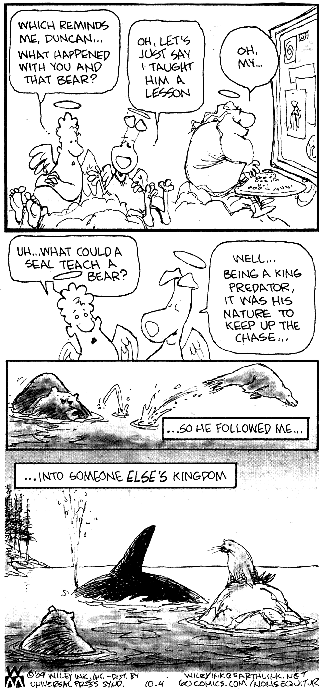
|
ADVICE FROM A DEER
Look both ways before you cross the road Be a good listener Know when to lay low Tread lightly on the Earth Take time to browse Leap over obstacles Donít pass the Buck
Ilan Shamir |
|
HISTORY OF THE WHITE CRANE FIST STYLE
The originator of the White Crane Fist style was a woman by the name of Fang Chi Liang. She resided in the town of Yong Chun in Fukien Province, China. One day as she was lying in her room, there came a loud screeching noise from outside in the yard. Fang Chi sprang to her feet and rushed to the window just in time to observe two large white cranes fighting furiously in the tall grass. She paid close attention and observed their every move. They fought courageously, jumping up and down and spreading and flapping their wings. They pecked and poked at each other with their long pointed beaks. Finally, running outside, Fang Chi Liang took down one of the long bamboo poles used for drying clothes. She swung the pole at the cranes and tried to drive them away. Each time she swung the pole at them they merely dodged her movements by retreating backwardsóthen the cranes immediately jumped forward at her, flapping their wings furiously. Fang Chi Liang then tried to poke or thrust at them using the pole as a spear. The cranes merely jumped to the side each time and pecked back at her. Eventually, Fang Chi Liang became tired and gave up. The cranes simply flew away.
From Chapter 1 of the Bubishi translated by Alexander & Penland |

|
A VIEW FROM THE NEGATIVE SIDE
The Bubishi story about Fang Chi Liang and the White Cranes highlights characteristics of all negative animals, and of cranes in particular, that many Kojosho students seem to overlook ó negative animals can be and often are very aggressive!! And their strategy & techniques are quite different from those of positive animals. The beginning student is introduced to Tiger/Crane in a way that emphasizes the aggressive attacking nature of the Tiger and the yielding defensive nature of the Crane. That is as it should be. Unfortunately, many students then erroneously conclude that the positive animals only attack and the negative animals only defend; that the positive animals only strike and the negative animals only block; that the positive animals only advance and the negative animals only yield. In spite of numerous examples to the contrary in every Kojosho Form, most of them clearly expressed and others (because of the risk of serious injury) only suggested, these initial assumptions often solidify into serious long-term misunderstandings about the nature of the positive and negative animals and about the martial lessons that are structured in the Kojosho Forms. I recall a recent conversation with a Kojosho instructor who said that his high school students were asking him why, in Tiger/Crane, the Crane is such a wimp, reduced to running away from the Tiger all the time, never really threatening it. Iím not making this up. In spite of the careful balance and symmetry between positive and negative in the Kojosho Kata (itís Yin/Yang after all, not Yin/YANG), we have quite a few students who, even after decades of study, still seem to have little or no appreciation or respect for the combat effectiveness of the negative side. Some actually believe that the negative animals are there only to serve as training dummies for the positive animals, and that a Crane has no possible chance against a Tiger. Once again, Iím not making this up. In the real world, wimpy Cranes would soon be chicken salad. And careless Tigers would be missing an eye or two. G. Vaughn |